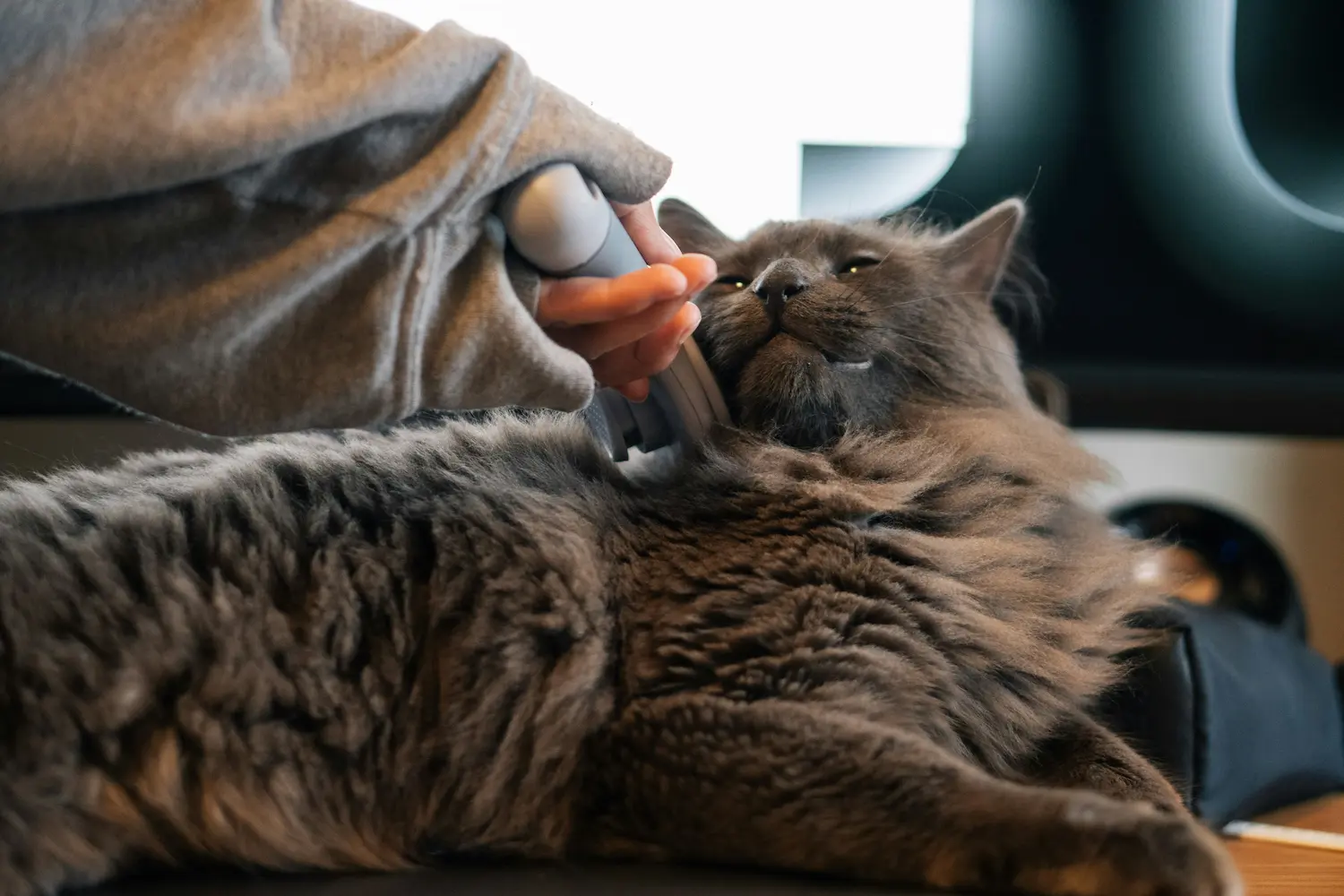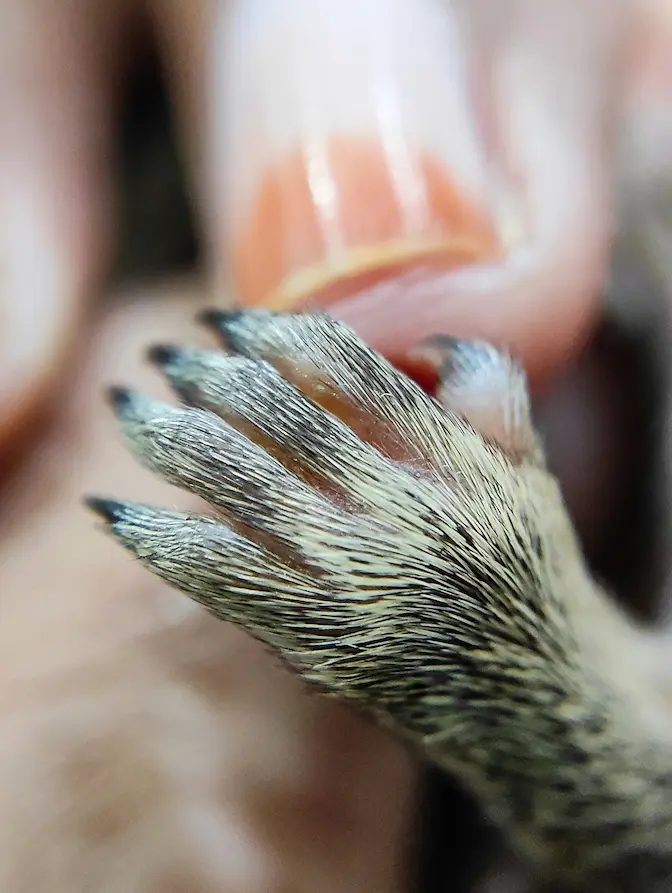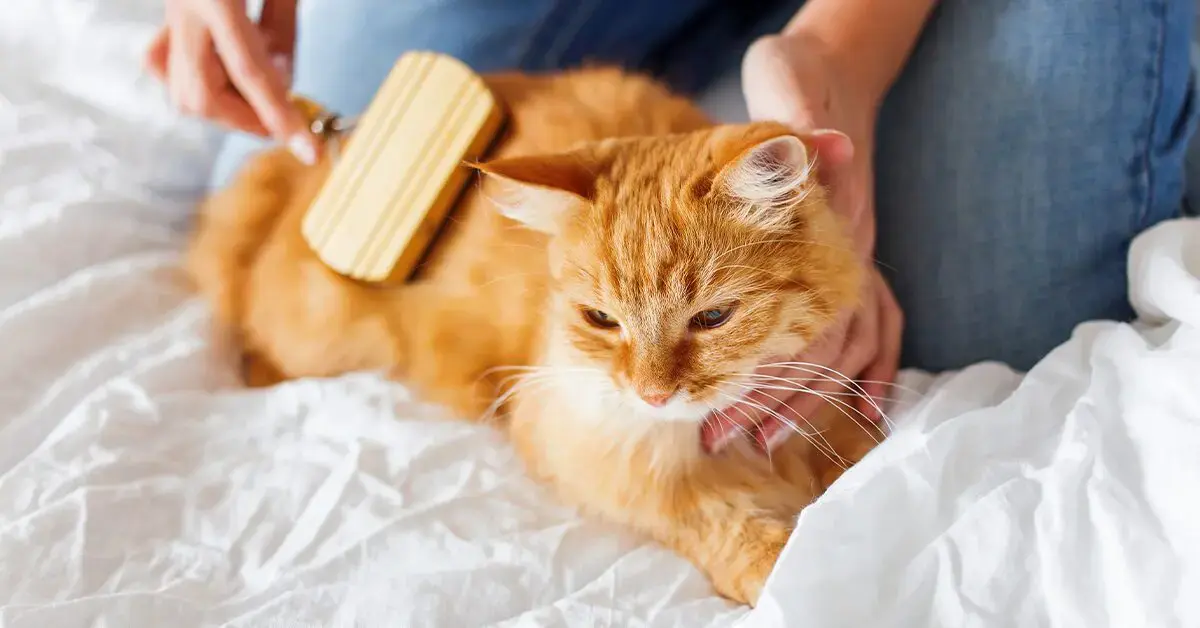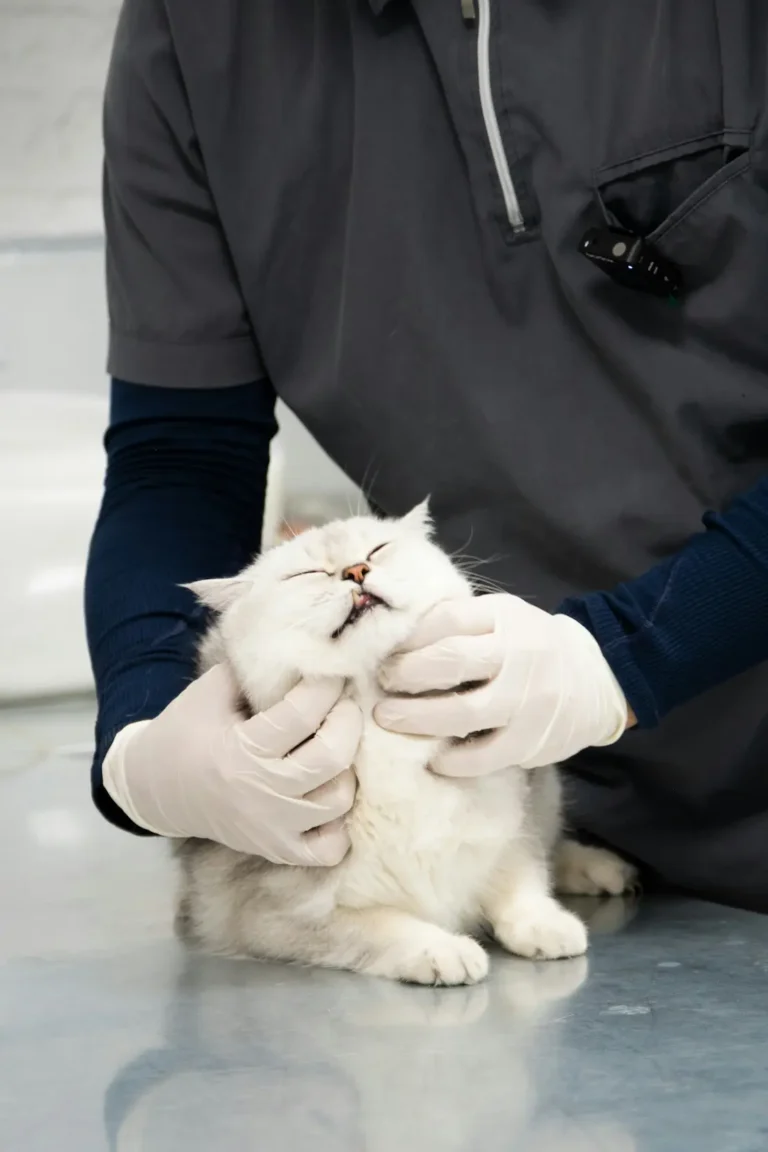Cat Grooming Tips (2025): The Ultimate Guide
Discover expert-approved cat grooming tips for 2025. Learn how to groom a cat at home without getting scratched or bitten. Grooming your cat may seem like a challenge, especially if you’ve experienced a few close calls with claws and teeth. But with the right cat grooming tips, it can become a peaceful and bonding experience. In fact, knowing how to groom a cat the right way can improve their health, reduce shedding, and prevent common problems like hairballs and matted fur. This complete guide for 2025 will walk you through cat grooming at home—from brushing and bathing to trimming nails and cleaning ears—all without getting scratched or bitten.Why Cat Grooming Is Important
Although cats groom themselves, they still need your help for optimal hygiene. Routine grooming helps remove loose hair, dirt, and dander, and is a great way to spot any abnormalities on your cat’s body early.Top Benefits of Grooming Your Cat
- Reduces shedding and hairballs
- Prevents mats, tangles, and skin infections
- Early detection of lumps, wounds, or parasites
- Strengthens the bond between you and your cat
- Promotes overall health and cleanliness
 Image Credit: Maryam Tello
Image Credit: Maryam TelloBrushing Your Cat’s Coat
Brushing is one of the most important parts of cat grooming at home. It removes dirt and loose hair while distributing natural oils that keep the coat shiny and healthy.How Often Should You Brush?
- Long-haired cats: Daily brushing
- Short-haired cats: 1–2 times per week
 Image Credit: Shyamli Kashyap
Image Credit: Shyamli KashyapBathing: When and How to Do It
Most cats don’t need frequent baths, but if they’ve rolled in something sticky or smelly, you might need to step in. Here’s how to groom a cat with a bath—safely.Bathing Tips
- Use lukewarm water in a sink or tub
- Use a gentle, cat-safe shampoo
- Wet them with a washcloth rather than spraying
- Towel-dry thoroughly in a warm room
Grooming a Cat Without Getting Scratched
One of the top concerns for cat owners is how to groom a cat without getting scratched or bitten. Start slow, respect your cat’s boundaries, and reward cooperation. Groom in short sessions and stop if your cat shows signs of stress.Signs Your Cat Is Overstimulated
- Swishing tail
- Flattened ears
- Growling or hissing
- Sudden movements or trying to flee
Trimming Your Cat’s Nails
Trimming your cat’s nails every 10–14 days prevents painful overgrowth and limits damage from scratching. It’s a vital part of cat grooming tips.Nail Trimming Steps
- Choose a quiet room
- Use feline-specific nail clippers
- Press the paw to extend the nail
- Trim only the clear tip—avoid the pink quick
 Image Credit: Pumpkin pet
Image Credit: Pumpkin petCleaning Ears & Eyes
Check your cat’s ears weekly for wax or dirt. Use a vet-approved ear cleaner and cotton pads—never Q-tips. Wipe around the outer ear gently. Clean tear stains or eye discharge with a soft cloth or pet-safe wipe. If your cat’s eyes are red or cloudy, consult your vet.Dental Care for Cats
Dental hygiene is often overlooked. Brush your cat’s teeth with a pet toothbrush and feline toothpaste 2–3 times a week. Dental treats and water additives can also help. Look out for signs of dental disease:- Bad breath
- Drooling
- Difficulty chewing
- Red or swollen gums
FAQs About Cat Grooming Tips
Q1: How often should I groom my cat?
A: Brush long-haired cats daily and short-haired cats weekly. Nail trims every 2 weeks, ear cleaning and dental care as needed.Q2: What’s the safest way to groom an aggressive cat?
A: Start slow, use calming pheromone sprays, avoid rough handling, and reward positive behavior. Consider professional help if needed.Q3: Can I use human grooming products on my cat?
A: No, always use products made specifically for cats. Human shampoos, clippers, or wipes may irritate their skin.Conclusion
Whether you’re tackling brushing, nail trims, or ear cleaning, following the right cat grooming tips can make the process easier and more enjoyable. Take your time, stay calm, and turn grooming into a bonding ritual instead of a battle. For more pet care guidance, check out our guide on Dog Emotional signals or explore detailed vet-approved resources like PetMD’s Cat Care Guide and ASPCA Cat Care Resources.Disclaimer: This article may contain affiliate links. If you click and purchase, we may earn a commission at no extra cost to you. As an Amazon Associate, we earn from qualifying purchases.





